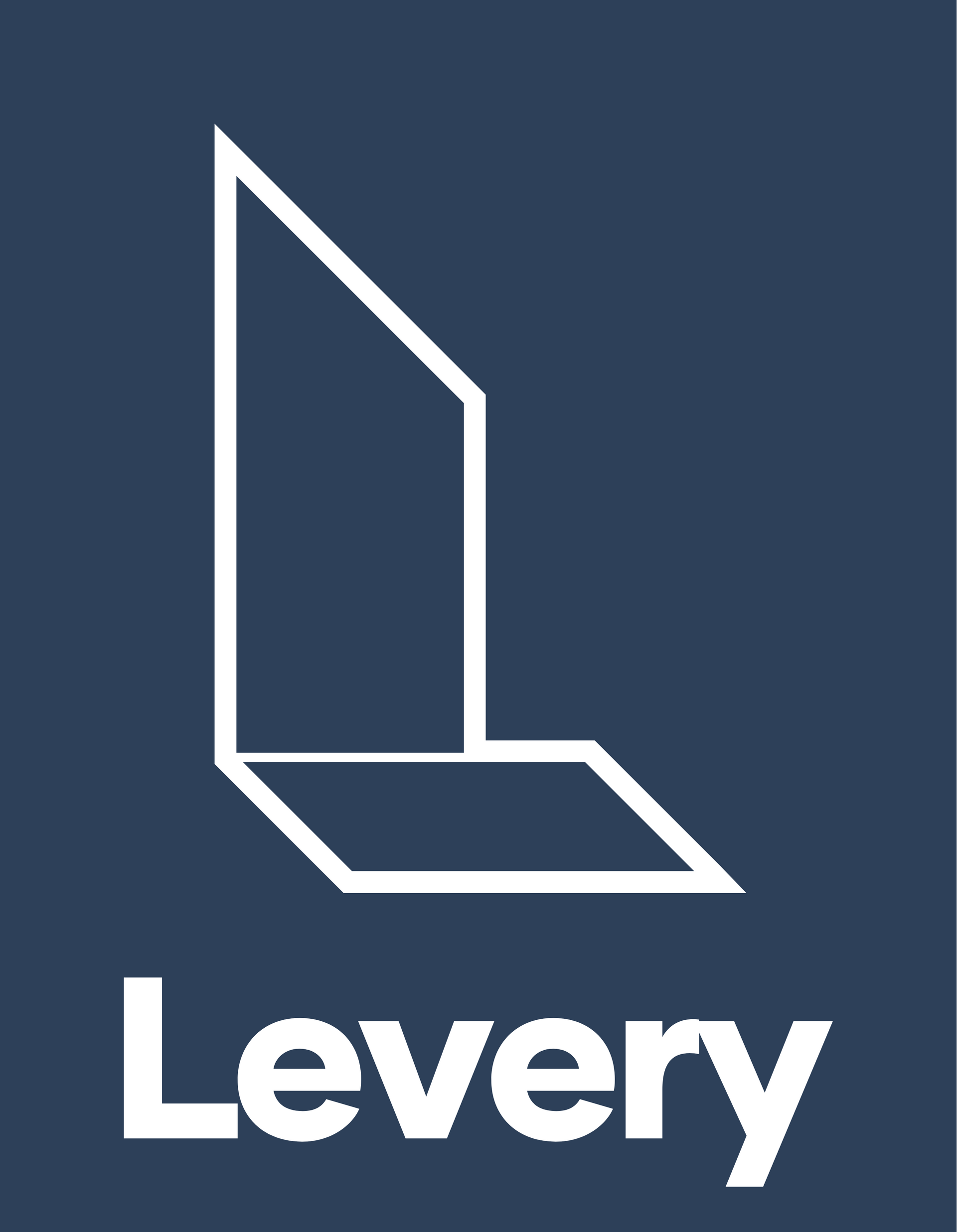Extended Reality (XR) Stakeholder Engagement and Actors' Role
Make It Human
XR – Stakeholder Engagement and Actors' Role
Series: Make It Human XR-01
Article: 01/25
Introduction
Known for its complexity and reliance on precision, the construction industry is increasingly embracing digital technologies to streamline processes, enhance collaboration, and improve efficiency. Among these technologies, Extended Reality (XR), which includes Virtual Reality (VR), Augmented Reality (AR), and Mixed Reality (MR), has emerged as a powerful tool for revolutionizing construction practices at various stages of a building's lifecycle. By providing immersive and interactive environments, XR technologies enable stakeholders to visualize, simulate, and analyze construction projects in new ways, ultimately leading to smarter decisions, reduced errors, and increased productivity.
VR, AR, and MR represent different but complementary approaches to integrating digital information into the physical world. These technologies have found multiple applications in the construction industry, from the design phase, where VR enables immersive simulations, to the operations phase, where AR and MR enhance building systems management and maintenance. As construction projects become more complex, the need for accurate, real-time data and seamless collaboration across teams has never been more critical. XR solutions provide innovative answers to these challenges, offering transformative potential to improve efficiency, reduce costs and promote sustainability in the built environment.
This article will explore the different roles that VR, AR, and MR play in construction, and how these technologies are being applied at each stage of a project's lifecycle-from design and planning, to construction, to operations and maintenance. It will also highlight key players, including universities, research organizations, and companies, that are advancing XR in the construction sector.
Definitions
Before diving into their applications, it's important to define the core technologies.
- Virtual Reality. VR is an immersive technology that creates an entirely digital environment, often experienced through headsets or other specialized devices. In the construction industry, VR allows stakeholders to step into a fully realized 3D model of a project before it is built, enabling virtual walkthroughs and simulations. This offers significant benefits in terms of design validation, user experience evaluation, and stakeholder engagement. For example, architects and clients can explore spaces, check dimensions, and visualize different design options in a virtual world, helping to identify potential problems early in the design process.
- Augmented Reality. AR overlays digital information - such as 3D models, annotations, or real-time data - onto the physical world. AR in construction is often used in the field to assist with tasks such as assembly, inspection, or maintenance. For example, using AR glasses or mobile devices, workers can see digital overlays that provide additional information about a building's components or systems as they interact with the physical space. This improves decision-making and reduces errors during construction and operation by providing real-time, contextual data.
- Mixed Reality. MR combines elements of VR and AR to create a seamless integration of the digital and physical worlds. MR allows users to interact with both real and virtual objects in real time, providing a more dynamic and interactive experience. In the construction industry, MR is increasingly being used for design collaboration and real-time project visualization. For example, engineers can view and manipulate digital models overlaid on physical components during construction or operation, enabling a more complete understanding of how different systems interact. MR fosters collaboration among multiple stakeholders by allowing them to share and manipulate project data in a common environment, regardless of physical location.
Together, VR, AR, and MR are the core components of XR technology, which is rapidly transforming the construction industry by enabling more accurate planning, improved communication, and more informed decision-making at every stage of a project. These technologies are changing the way construction professionals engage with buildings at all stages, providing immersive ways to visualize, interact, and optimize the built environment.
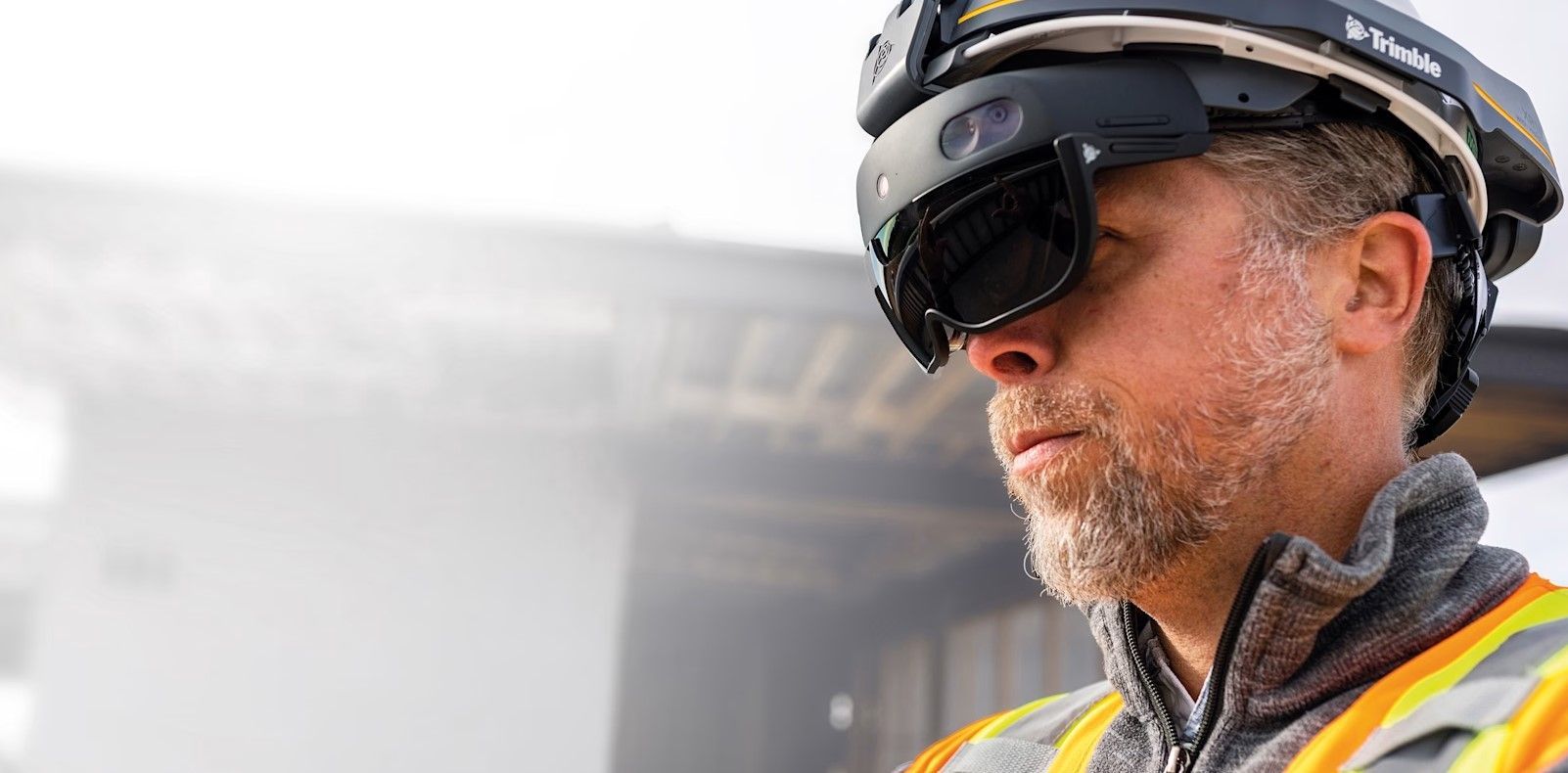
Fig. 1 | Trimble HoloTint brings the open collaboration of Trimble Connect and mixed reality capabilities of the HoloLens 2 to the field team. Credit: Trimble.
Design Phase: Leveraging XR Technologies for Enhanced Collaboration and Accuracy
During the design phase, XR technologies give designers, architects, and owners an unprecedented way to interact with building models. These technologies are fundamentally changing the traditional design process by making it more collaborative, transparent, and accurate. With VR, AR, and MR, teams can visualize and manipulate designs in immersive environments, allowing them to evaluate, refine, and validate their ideas before physical construction begins. This integration of digital tools into the design workflow offers several benefits, from improved communication to early identification of potential problems, ultimately leading to more efficient and sustainable outcomes.
One prominent example of AR in the design process is ETH Zurich, a leader in building innovation. The university uses AR to overlay digital building models onto the physical world, allowing designers to visualize how changes will affect the real world. This technology helps identify potential problems, such as space constraints or design inconsistencies, before construction begins, reducing costly changes later in the project.
At Stanford University, VR simulations have been used since 2003 to evaluate the environmental impact of building designs, with a focus on energy efficiency and sustainability. By immersing design teams in a virtual environment, VR allows them to simulate how a building will perform in different scenarios, such as different weather conditions or energy consumption patterns. This early-stage testing helps optimize building designs for environmental sustainability and ensures that the final structure meets stringent energy performance standards.
Further advancing the role of XR in inclusive design is VARID (Virtual and Augmented Reality for Inclusive Design), a collaborative project between Foster + Partners and the University of London. VARID uses VR and AR to help design teams better understand the challenges faced by people with visual impairments. Through real-time dynamic image processing, VARID replicates various symptoms of vision loss, including blurring, distortion, and loss of peripheral vision. This data-driven tool allows design teams to visualize and simulate the specific needs of visually impaired users, ensuring that spaces are designed inclusively and meet a wide range of accessibility requirements. The use of VR and AR technologies in VARID facilitates an empathetic and accurate approach to creating environments that are appropriate for all users, enhancing the overall design experience and functionality.
In addition to these tools, VR and AR also play a critical role in enhancing collaboration and communication between architects, clients, and other stakeholders. Thornton Tomasetti, a leading engineering and design firm, is using VR to provide immersive experiences that allow clients to interact with building designs in a virtual environment before construction begins.This approach allows stakeholders to identify potential design flaws, evaluate the functionality of spaces, and optimize layouts based on real-time feedback. Thornton Tomasetti's immersive VR walkthroughs not only improve communication, but also ensure that designs meet the highest standards of structural integrity and sustainability.
Another player such as Bentley Systems has developed a suite of immersive tools that enable global virtual collaboration between design teams. These tools facilitate real-time interaction with 3D models, allowing stakeholders from different locations to engage with the design, provide feedback, and make adjustments instantaneously. This ability to collaborate virtually and in real-time is crucial in today’s globalized construction industry, where teams are often spread across multiple countries and time zones.
The integration of VR, AR, and MR into the design phase not only enhances the quality and efficiency of the design process but also empowers stakeholders to make more informed decisions. By providing immersive, interactive platforms for design exploration, these technologies foster greater collaboration, improve accuracy, and ensure that construction projects begin with a well-defined, tested, and optimized design.
Construction Stage: Empowering Workers and Advancing Building Execution with XR Technologies
As construction projects move from the design phase to the construction phase, the integration of augmented reality provides a significant boost to efficiency, safety, and accuracy.
By enabling construction teams to visualize complex building models in real time, these technologies not only streamline workflows, but also ensure a higher standard of accuracy and reduced error rates during the construction process.Through the use of AR, VR, and MR, construction professionals can now experience improved collaboration and decision-making, resulting in better outcomes for all stakeholders. Trimble, a leader in construction technology solutions, has introduced the XR10, a mixed reality headset designed for the construction industry. The XR10 allows workers to overlay 3D building models onto the physical environment in real time, creating a highly accurate representation of how designs will manifest in reality. With features such as spatial awareness and object recognition, the XR10 allows workers to intuitively interact with building models, making it easier to identify design flaws and streamline the construction process. Beyond the design review phase, the XR10 plays a critical role on the job site, helping workers with tasks such as alignment, measurement and assembly. By eliminating the need for traditional paper-based plans, XR tools such as the XR10 increase jobsite efficiency and reduce errors, ensuring that projects are completed on time and within budget.
Acciona, a global leader in infrastructure and renewable energy projects, is another key player using AR to revolutionize construction. As part of its Imagine Change initiative, Acciona is integrating AR technology to improve on-site construction management.Using AR, Acciona overlays digital models onto the physical site, providing construction teams with real-time data on structural elements, materials, and progress. This approach improves communication among the project team, allowing for faster decision-making and more efficient troubleshooting of issues as they arise. By using AR to improve visualization and understanding, Acciona is reducing miscommunication and accelerating the construction process.
Mace Group, a global construction and consulting firm, is also harnessing the power of data and AR technologies to improve the efficiency of its projects.By integrating data from multiple sources, Mace Group uses XR to visualize construction progress, plan maintenance schedules and monitor the real-time health of a building.This integration of real-time data with immersive XR models helps reduce errors, improve team collaboration, and streamline construction workflows. By using XR technologies, Mace is not only improving the accuracy of its project delivery, but also identifying and proactively managing potential risks to ensure that projects are completed to the highest quality standards.
These key players in the construction industry demonstrate the broad potential of XR technologies to enhance the construction phase. By integrating AR, VR and MR, construction teams can visualize complex tasks, reduce errors and improve collaboration. With XR tools, workers can perform tasks with greater accuracy, while project managers and clients gain valuable insight into project progress, reducing risk and optimizing outcomes.

Fig. 2 | Pictures from VARID (Virtual and Augmented Reality for Inclusive Design). Credit: Foster + Partners and the University of London/metropolismag.com
Operation and Maintenance Stages: Enhancing Longevity and Performance Insights
Once a building is completed, XR technologies remain invaluable throughout its operational life.These tools help facility managers and building operators by providing digital twins and real-time monitoring of building systems.The University of Southern California (USC) is at the forefront of developing AR systems that allow maintenance teams to scan building systems with AR glasses or smartphones.This technology provides instant access to maintenance records, system performance data, and operational instructions, greatly improving the speed and accuracy of repairs.
Siemens, a global leader in building technologies, is using XR to enhance building management systems (BMS). AR enables engineers to visualize building operations data overlaid on physical systems.By remotely interacting with the building through mixed reality tools, technicians can perform diagnostics, monitor energy consumption, and plan preventive maintenance more effectively.
Levery is also working in this area. In collaboration with Exverience, Levery has taken a significant step forward in applying XR technologies to the operations phase through the PROMETEUS project, an initiative focused on enabling real-time interaction with physical systems using AR and XR tools. By overlaying data on building performance, maintenance needs and energy consumption with real-world views, PROMETEUS facilitates predictive maintenance and real-time optimization for facility managers.The project also exemplifies the technological transfer of XR technology from manufacturing (Exverience sector of application) to construction (Levery industry of reference), which can revolutionize the way buildings are managed and provide a new level of control over operational workflows.
Conclusion
The adoption of XR technologies in the construction industry marks a transformative shift, driving improved efficiency, safety and accuracy across all phases of a project. As demonstrated by key players such as designers (Thornton Tomasetti), technology enablers (Trimble), and contractors (Acciona and Mace Group), XR tools enable construction teams to visualize complex models in real time, streamline communication, and reduce errors, resulting in more successful and timely project deliveries. From design to construction to operations, these technologies not only improve workflows, but also foster better collaboration among diverse stakeholders. As industry leaders continue to innovate, the integration of XR will be critical to accelerating digital transformation in the construction industry. By leveraging these technologies, construction professionals - from architects and engineers to field workers and project managers - can contribute to a more efficient, sustainable, and safer built environment, positioning XR as a fundamental tool for future industry growth.
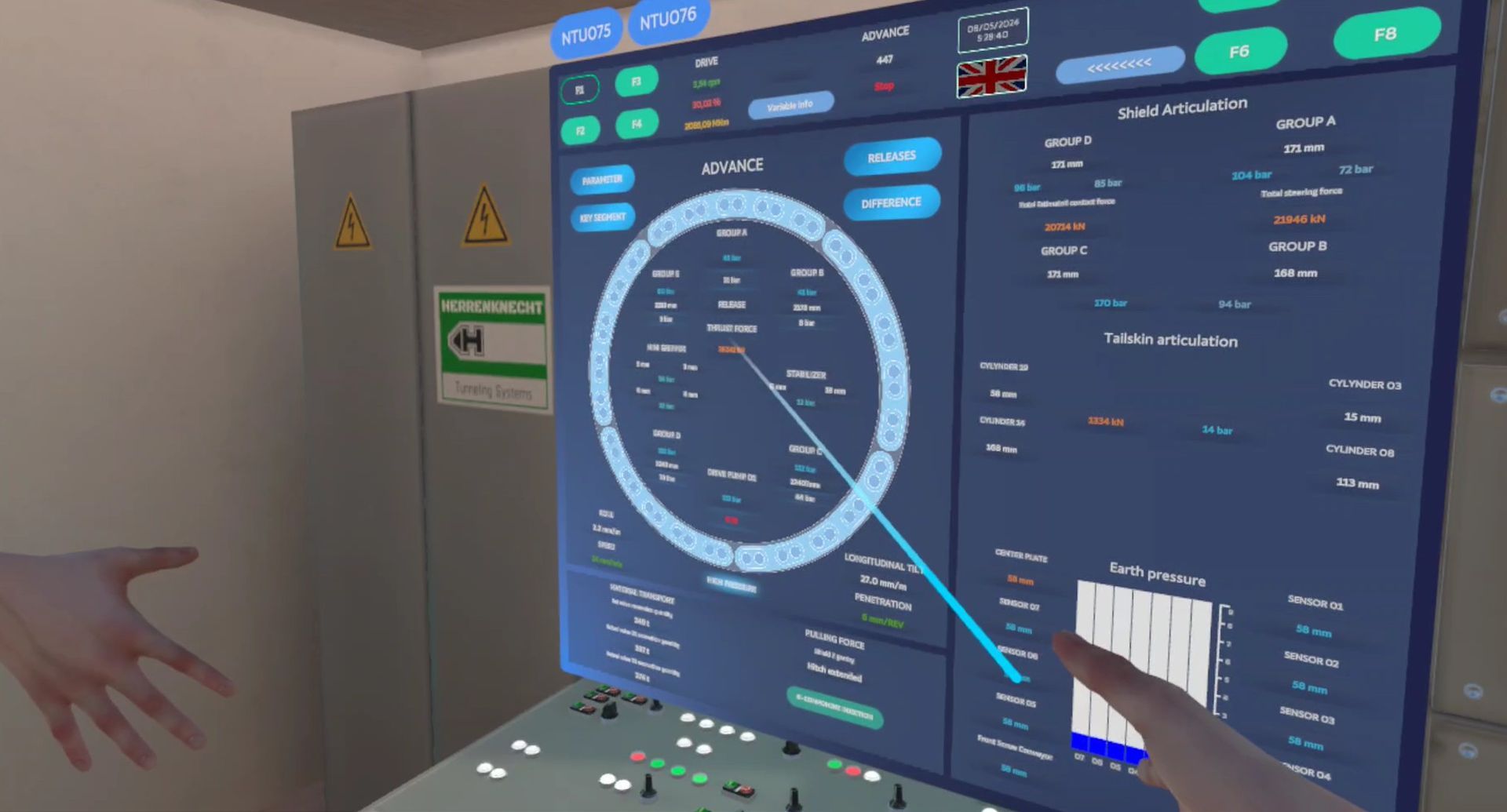
Fig. 3 | Tunnel Boring Machines Enter Immersive Realities (credit: Acciona)
Reference
Autodesk. (2023). Extended Reality in Construction: A Guide to AR, VR, & MR. Retrieved from autodesk.com
ASTI. (2024). 5 Empowering Uses For Extended Reality In Construction. Retrieved from asti.com
Auganix. (2024). The Future of XR in the AEC Industry. Retrieved from auganix.org
CapsuleSight. (2023). 15 Examples of the Use of Virtual Reality (VR) in Architecture. Retrieved from capsulesight.com
Thornton Tomasetti. (2023). Virtual Reality Design and Engineering Solutions. Retrieved from Thornton Tomasetti
Trimble. (2023). XR10: Mixed Reality for Construction. Retrieved from Trimble
Bentley Systems. (2023). Virtual Collaboration in Design. Retrieved from Bentley Systems
Stanford University. (2023). Virtual Reality in Architectural Design. Retrieved from Stanford University
XR Today. (2024). Top XR Events, Expos and Conferences to Attend in 2025. Retrieved from xrtoday.com
ETH Zurich. (2021). New Centre for Augmented Computational Design. Retrieved from ethz.ch
Metropolis Magazine. (2023). Four Pieces of Software by Architects for Architects. Retrieved from Metropolis Magazine
Congress
Augmented Enterprise Summit 2025 – Dallas, Texas, USA (September 2025)
The Augmented Enterprise Summit 2025 will bring together experts from various industries, including construction, to discuss the innovative applications of AR, VR, MR, and XR technologies. Attendees will gain insights into how these technologies are reshaping enterprise operations, with a particular focus on their integration into the built environment. This event offers a unique opportunity to explore how XR can enhance operational efficiency, safety, and collaboration on construction sites, providing valuable networking opportunities for professionals.
Augmented Enterprise Summit 2025
Industrial Immersive Week 2025 – Virtual and Physical Locations (March 3-4, 2025)
Industrial Immersive Week 2025 will explore the use of XR, AR, VR, MR, and digital twin technologies in manufacturing and construction. This global event will highlight how digital solutions are streamlining processes, boosting productivity, and reducing costs, with a specific focus on the digital transformation of the construction industry. It will provide a comprehensive look at how these cutting-edge technologies are shaping the future of industrial operations.
Industrial Immersive Week 2025
IEEE VR 2025 – Virtual and Physical Locations (March 2025)
IEEE VR 2025 will be a major conference dedicated to presenting the latest research and developments in AR, VR, and MR technologies. The event will showcase the transformative potential of these technologies in architecture, engineering, and construction (AEC). It will serve as a platform for sharing knowledge and exploring how AR, VR, and MR are revolutionizing workflows, enhancing project outcomes, and improving collaboration within the AEC sectors.
IEEE VR 2025
Augmented World Expo (AWE) 2025 – Santa Clara, California, USA & Europe (May 2025)
The Augmented World Expo 2025 will be one of the premier events for exploring the diverse applications of XR technologies. With exhibitions, presentations, and discussions, AWE will cover the role of AR, VR, and MR in industries such as construction, entertainment, and education. This event is a must-attend for anyone interested in the latest XR innovations and their impact on the built environment, offering a chance to engage with thought leaders and explore the future of XR in the construction industry.
Augmented World Expo 2025

This blog article was co-funded by the European Union’s Single Market Programme within the "SUSTAIN-Sub-grant Agreement-2nd Open Call". The " cluSter bUilding SmarT reAdiness INdicators - SUSTAIN" project has received funding from the European Union’s Horizon 2020 research and innovation programme under grant agreement No 101074311.
CALL FOR ACTION
At Levery, we are pioneering the integration of XR technologies in construction, enhancing operational efficiency and driving sustainability. Join us as we continue to explore and implement these transformative technologies. Together with our partners like Exverience, we are bridging the gap between manufacturing and construction to unlock the full potential of AR, VR, and XR.
Contact us today to discover how we can collaborate on your next project and build the future of construction!
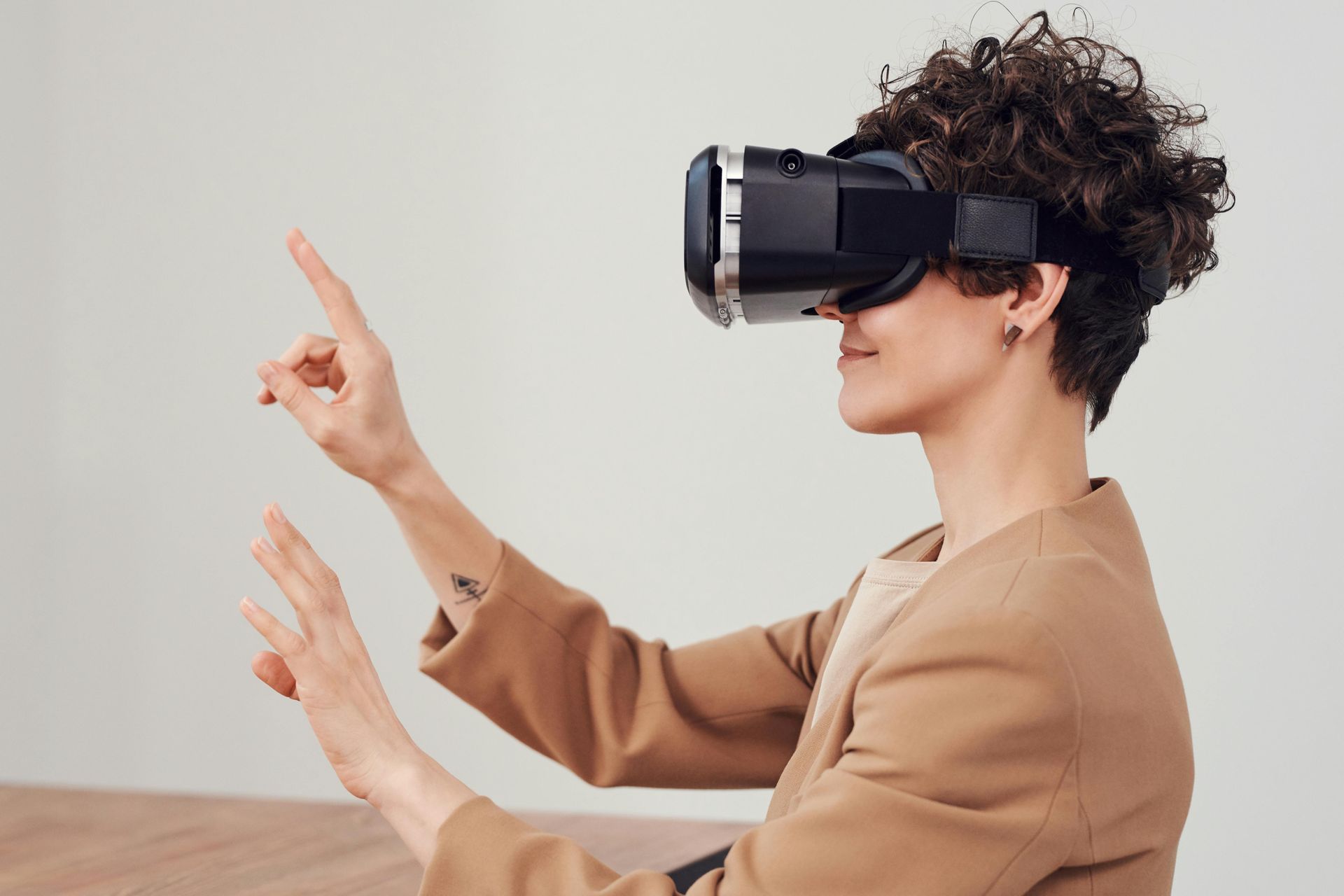
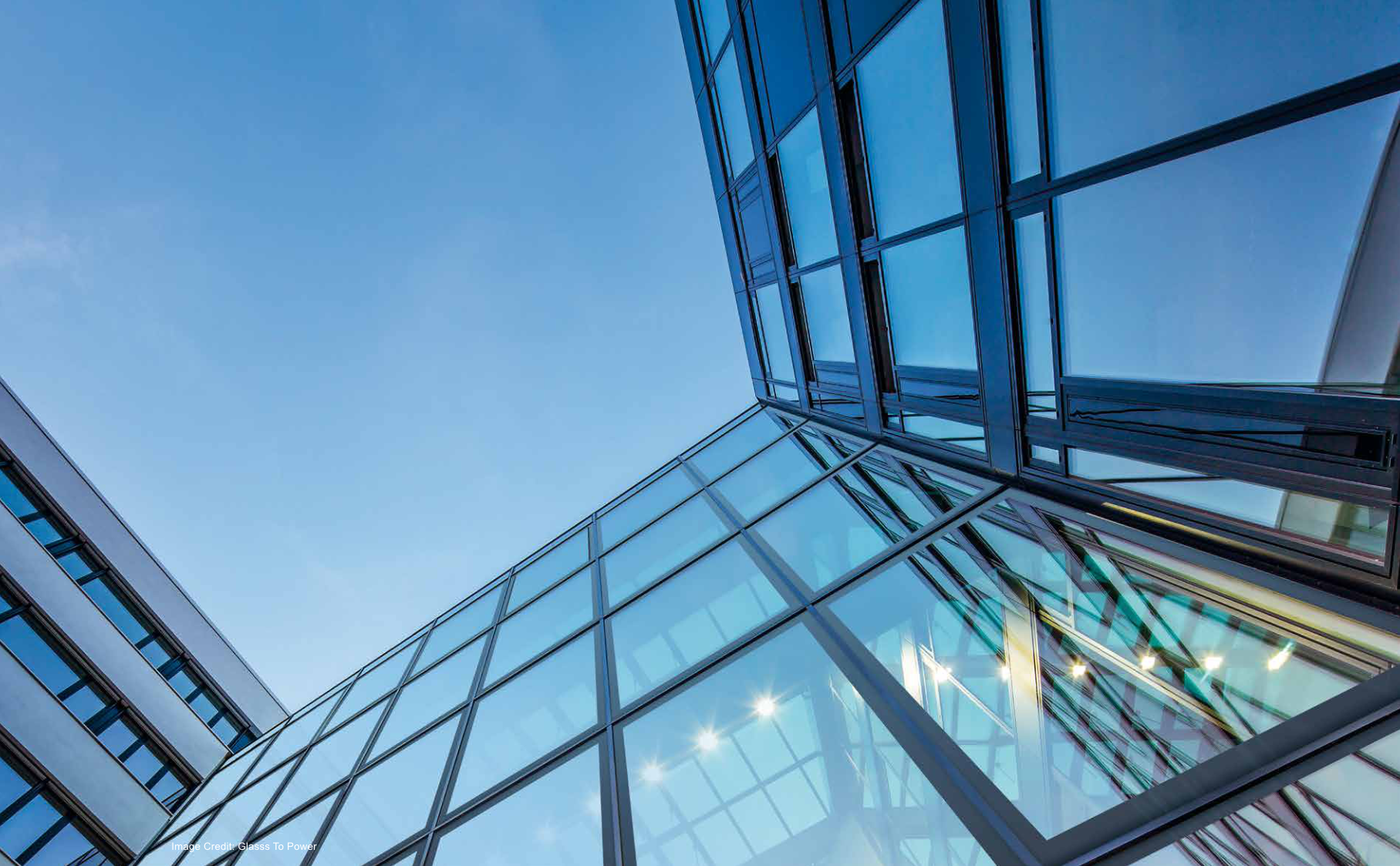
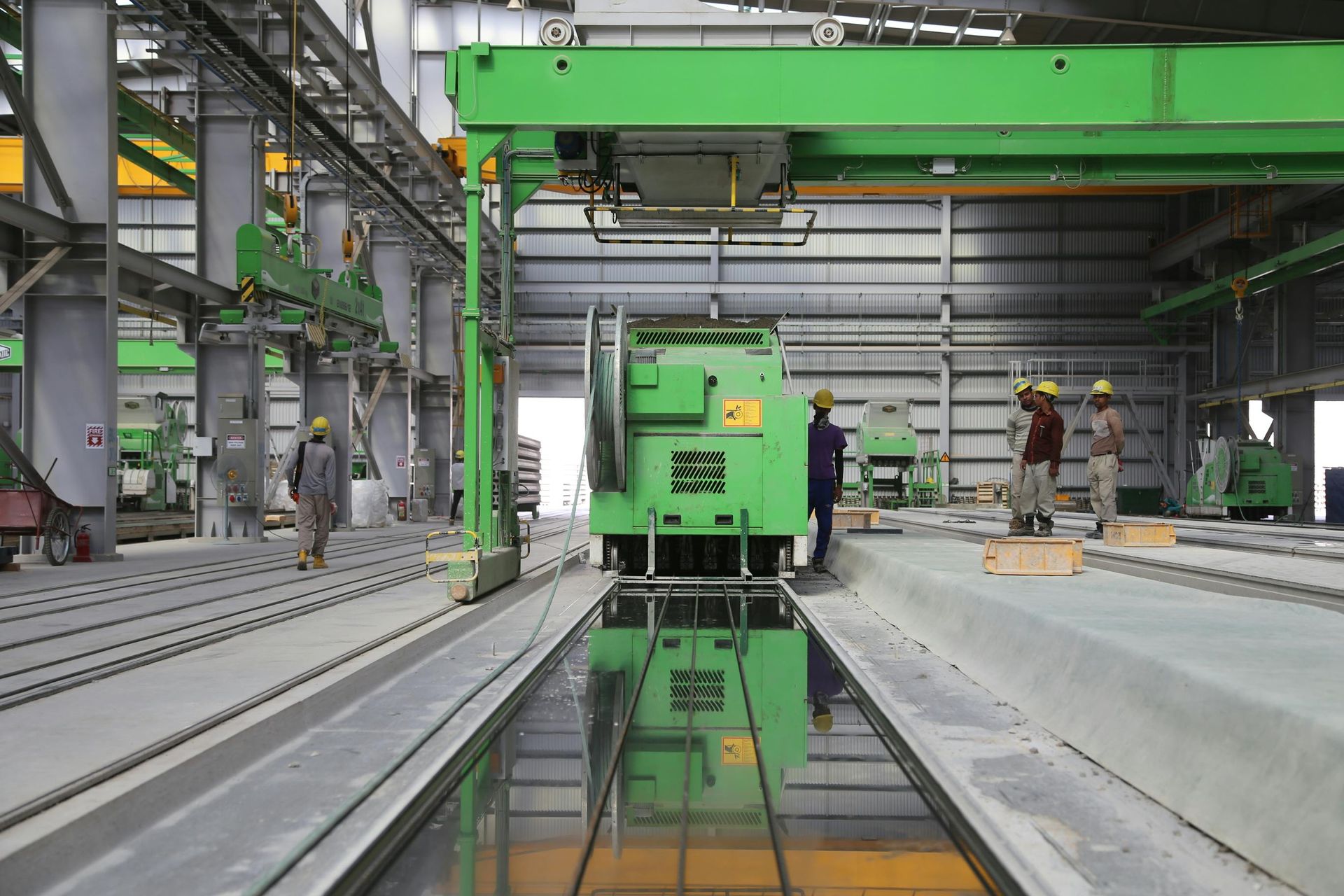
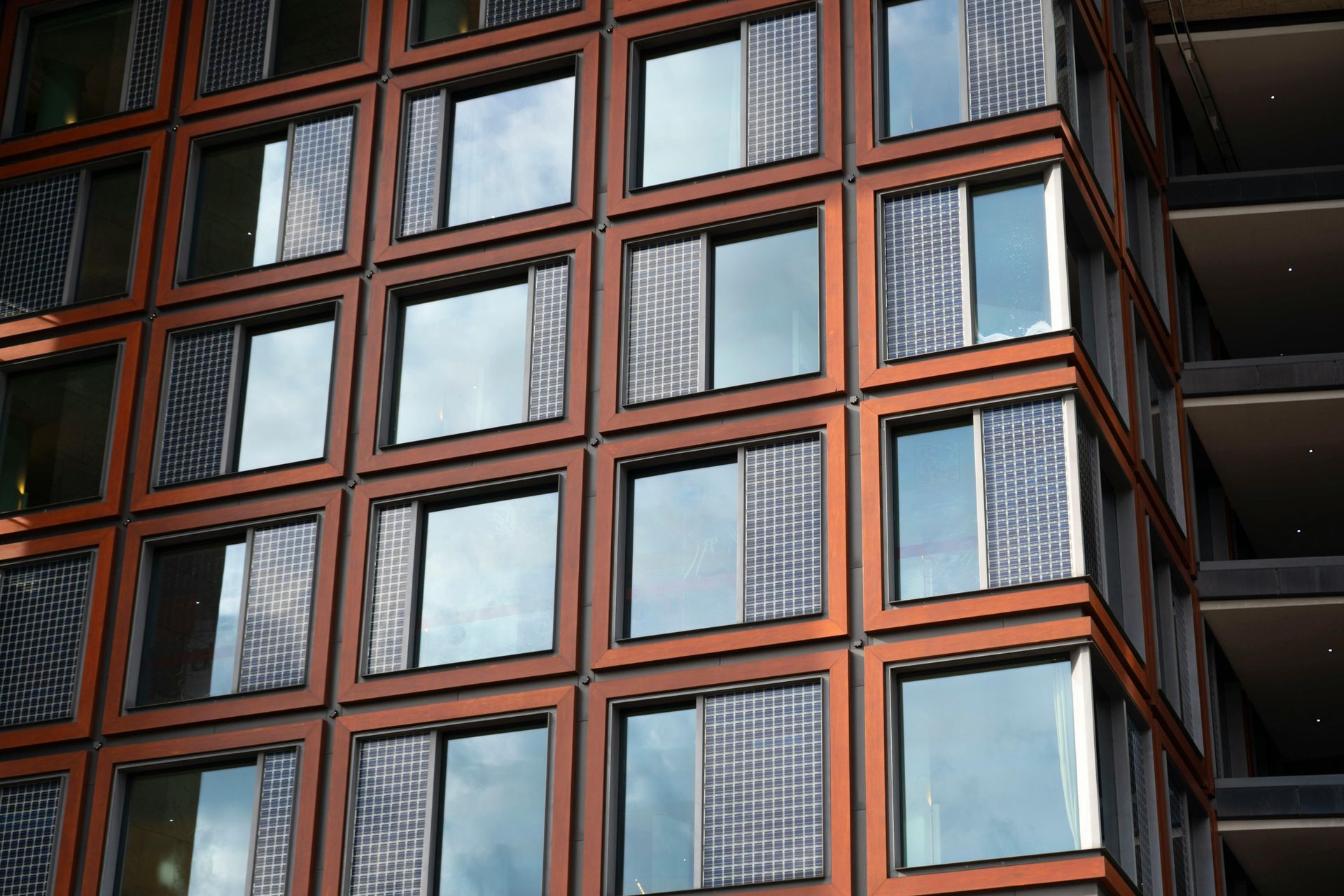
Levery S.r.l. Società Benefit
info@levery.it
Via Pisino 66, 47814
Bellaria Igea Marina (RN), Italy
P.IVA 04730050400
All Rights Reserved | Levery Srl Società Benefit
